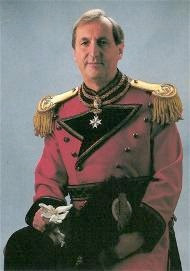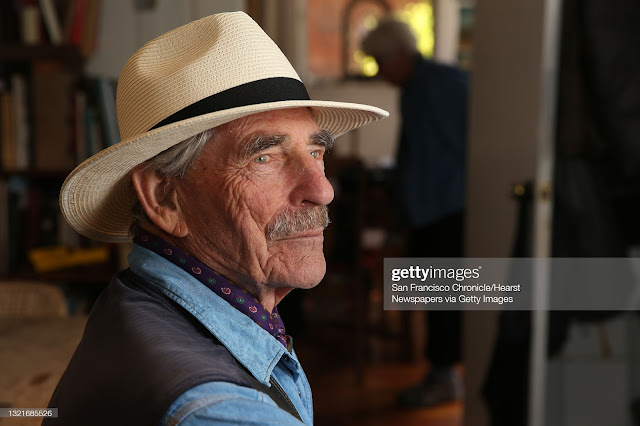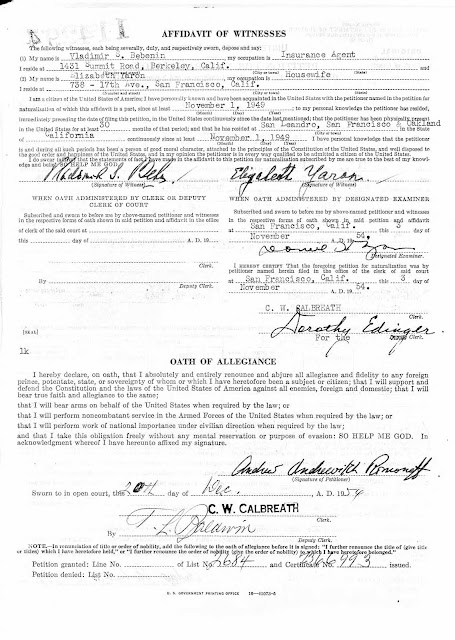This book is the result of a long, organic evolution. Fascinated as the authors both are with the Romanov Dynasty and interested in pursuing unique and exciting aspects of its history, they stumbled upon the Coronation of Nicholas II as a potential subject quite by accident. The ceremony itself formed an integral part of Greg King’s 2005 work
The Court of the Last Tsar: Pomp, Power, and Pageantry in the Reign of Nicholas II. In the research and writing process, Janet Ashton discovered a wealth of previously neglected materials on the subject that helped bring the event to dramatic life: so much material, in fact, that it was impossible to include more than a tantalising hint in a single chapter. The Coronation was beautiful, opulent, and almost surreal. Wispy clouds of incense drifted upwards through golden shafts of sunshine, while the “high, clear voices of the boys mingled with the deeper bass notes of the men” intoning sonorous hymns as Russia unknowingly celebrated the coronation of its last emperor. Flickering flames of a thousand votive candles shimmered over gowns of silver brocade, flashed across gilded icons, sparkled against diamonds, and glanced on medals. This intoxicating pageant of sounds and colors, scents and sensations left onlookers “dazed.” Nicholas II’s Coronation in Moscow’s Cathedral of the Assumption that May of 1896 was a carefully crafted piece of stagecraft, meant to transport the densely packed congregation to a realm of intense spiritual power fused to unyielding autocracy. The scene was not without irony: the imperial splendor and religious rituals of the Russian Orthodox Church celebrated a monarch who scarcely carried a drop of Russian blood in his veins. The book contains over 220 beautiful images illustrating 248 glossy pages!
In 1913, the Romanovs celebrated three hundred years of sitting on the Russian Imperial throne. Great fanfare and hope accompanied the celebrations. A year later, Imperial Russia entered a "war to end all wars," with the hope of "being back home for Christmas." It was not to be. Instead, in February 1917, after years of administrative and military ineptitude and incompetence, the Russian people had enough of its government's inefficacy and corruption. The consequences, as it turned out, changed the world. Tsar Nicholas II was overthrown; members of the Imperial Family faced persecution, arrest, financial instability, uncertainty, and worse. This is the compelling story of how the Romanovs dealt with glory, war, revolution, persecution, imprisonment, and escape!
Arturo E. Beéche, founder and publisher of The European Royal History Journal, thought of the idea for an anthology on Russia's Grand Duchesses in 2004. Consequently, a companion book on the Russian Grand Dukes became imperative. The Grand Dukes: Sons & Grandsons of Russia's Tsars Since Paul I examines the biographies of nearly forty men whose birth gave them the right to one of the world's most prestigious positions. All sons of Russian tsars are covered in Volume I. The sons of collateral grand ducal branches are covered in Volume II. The biography of each of the Grand Dukes of Russia brings to life a deeply gripping human saga. These men were born into what then was one of the world's most powerful ruling dynasties. They were not all saints; they were not all demons - they were men whose birth showered them with untold privilege. Some used their birthright for the common good; some did not. Yet, they all remain amazingly intriguing, complex, complicated and conflicted human beings. At birth they were showered with untold privilege, including a lump sum of money placed in trust for them. By the time these funds were made available to a Grand Duke, the interest alone made them amazingly wealthy. Added to this benefit, they derived salaries from their military appointments, investments, real estate and inheritance. Thus, the Grand Dukes were able to maintain a lifestyle only surpassed by today's oligarchs and yesteryear's robber barons. They were consummate spenders in paintings, art, architecture, jewels, all while acting as sponsors of talented writers, thinkers, poets, ballerinas, among many others. One was a playwright of considerable talent. Another played a role in working toward the liberation of the serfs. One was a leading admiral with a fondness for "fast women and slow ships." Another Grand Duke lived a tortured existence as a closeted homosexual, yet became the father of nine children. Told in a two-volume set, this is their story.
Included in this unique work, the Second Volume in a two-volume series, are 18 biographies of Russian grand dukes. These were the junior lines of the Russian Imperial Family at the time of the Revolution in 1917: Vladimirovichi, Pavlovichi, Konstantinovichi, Nikolaevichi and Mikhailovichi. The book is illustrated with exquisite and rare photographs of these intriguing men, their families and descendants. It also includes several family trees. The chapters were authored by some of today's most recognized authors and scholars on the Romanov Dynasty.
This excellent book authored by Galina Korneva and Tatiana Cheboksarova includes nearly 600 photos, an overwhelming majority among them collected from the main archives of Russia and several European countries. The moment captured by these original photos is able, often times, to tell the reader far more about the unique world of royalty and aristocracy than countless pages of text. The authors also relied on important information obtained from Russian and foreign periodicals, memoirs and scientific literature. The English-language version of this book was expanded with contributions by Arturo Beéche, founder and publisher of Eurohistory / The European Royal History Journal. He is an expert on European Royalty, as well as author of more than a dozen books about the various royal families that have shaped the continent's history.
Prince Vladimir Paley, first cousin of the last tsar, was a poet among the Romanovs. The rules of the Imperial Family prevented him from being considered a member of the dynasty due to the unequal marriage of his parents. This circumstance could have saved his life. Instead, when he was requested by the Bolsheviks to denounce his father, Grand Duke Paul Alexandrovich of Russia, young Prince Vladimir chose love, loyalty, honor, and affection. His only crime was being related to a dynasty of which he had not even been an official member. This is the compelling story of a young man, and a talented poet, who in different circumstances would have attained great heights.. Destiny, however, played a sad role in bringing a brutal and early death to a promising life.
Jorge F. Sáenz brings to life the previously unknown figure of Prince Vladimir Paley. In doing so, Mr. Sáenz adds to a long and distinguished list of historical studies he has written over the last thirty years. His books number well over a dozen, most of them focusing on various aspects of Costa Rica’s history and unique democratic traditions, that make the country a bastion of democracy in Latin America. His study of the life of Prince Vladimir Paley was first published as a biographical essay in Eurohistory — The European Royal History Journal. The success of this essay led to the story of Vladimir Paley becoming a full-on book. Mr. Sáenz is a career diplomat for Costa Rica, as well as a distinguished law professor at the University of Costa Rica. EUROHISTORY is pleased to announce the hardback publication of this rare and uniquely extraordinary work of royal biography! This book was first published in paperback nearly 20 years ago. The UPDATED and EXPANDED hardback edition contains more information than the original, as well as a new 24-page photo section different than the few images included in the original paperback edition!
+++++++
“The coffin was lowered into the grave. Soon there was a burial mound above. It was quickly covered with wreaths, flowers and crowned with a plain wooden cross. Prince Oleg’s promising life was finished.”
Death of a Romanov Prince follows the brief life-journey of Prince Oleg Konstantinovich, one of the lesser-known members of the powerful and privileged Russian Imperial family. He was a talented young man of intellectual and artistic genius. Oleg was the gifted son of the talented Grand Duke Konstantin Konstantinovich, who wrote under the pseudonym of KR. The Grand Duke was a friend of Tchaikovsky, who set his numerous poems to music, and who established literary circles for his troops, translated Hamlet into Russian, and wrote The King of the Jews, an original play that he and his sons performed. The reader will follow Prince Oleg Konstantinovich, his family, and Imperial cousins, as his life takes him via the luxuries of the family’s four magnificent palaces of Pavlovsk, in Tsarskoye Selo, the Marble Palace in St Petersburg, the Konstantine Palace at Strelna; and the Ostashevo Estate near Moscow; as well as numerous holidays in the Crimea. The young prince enjoyed the most liberal program in literary, scientific, and artistic education. He was the first Romanov to be enrolled in a civilian school and graduated from the Imperial Lyceum in St Petersburg, where in 1913 he won the Pushkin Medal for his academic achievements. At the age of 21, Prince Oleg Konstantinovich was on the crest of a brilliant career and personal greatness when World War I began. Then tragedy struck.
Death of a Romanov Prince brings the reader into the battlefields of World War I’s Eastern Front. Bloody battles fought in northern Poland and Lithuania’s Masurian Lakes. It was while fighting there that Prince Oleg led his troops into heroic cavalry charges against the Germans.



























.jpg)

















